Filips Staņislavskis' Human-Cloud Project turns human breath into clouds
One of the award-winning projects from this year's Design Academy Eindhoven graduation show explores how humans might use geoengineering to develop a more intimate relationship with the climate.
With Human-Cloud Project, Filips Staņislavskis has created a series of tools that turn human breath into clouds.
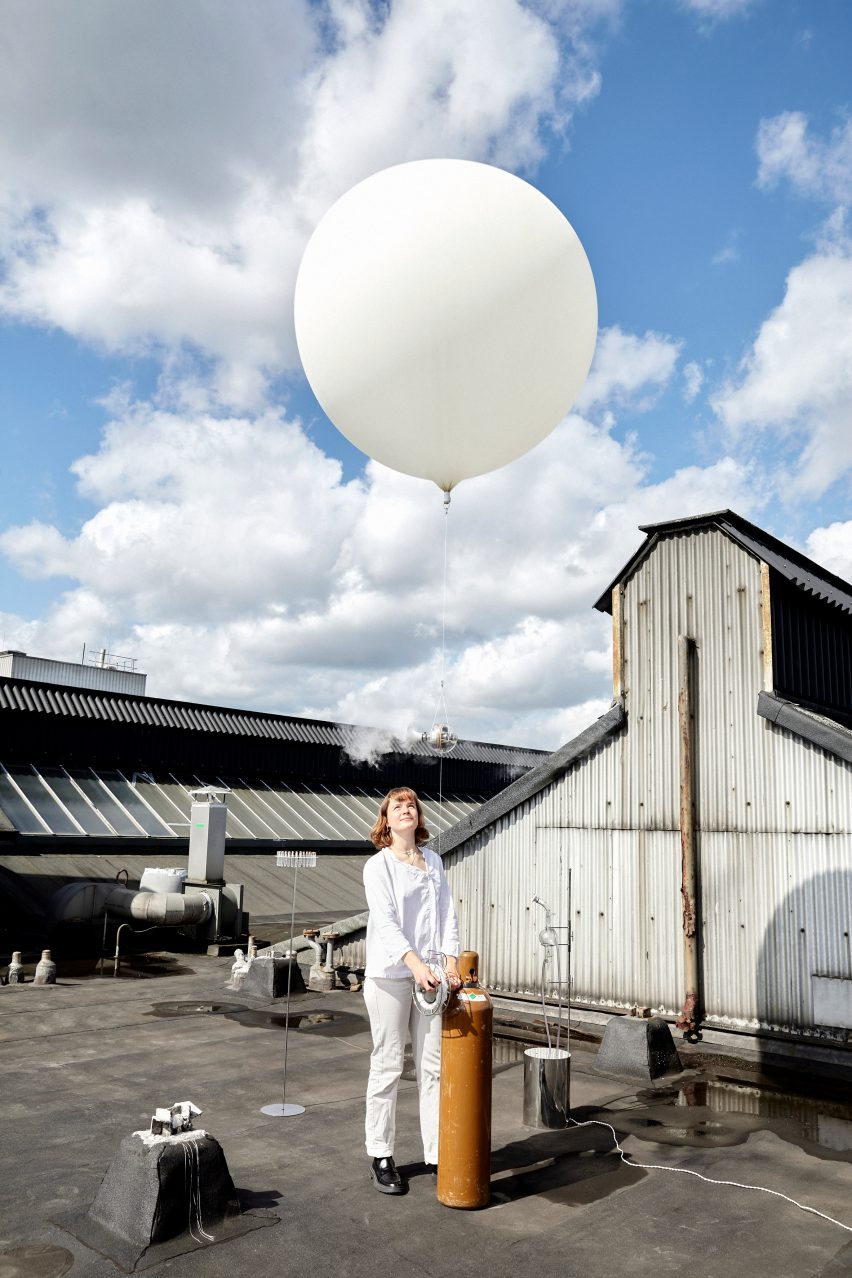
The BA Leisure graduate wants to challenge the use of geoengineering, also known as climate engineering – the deliberate large-scale intervention in the Earth's natural systems to counteract climate change.
Instead of using geoengineering to control the weather or minimise global warming, he would like people to feel a more personal connection with the climate.
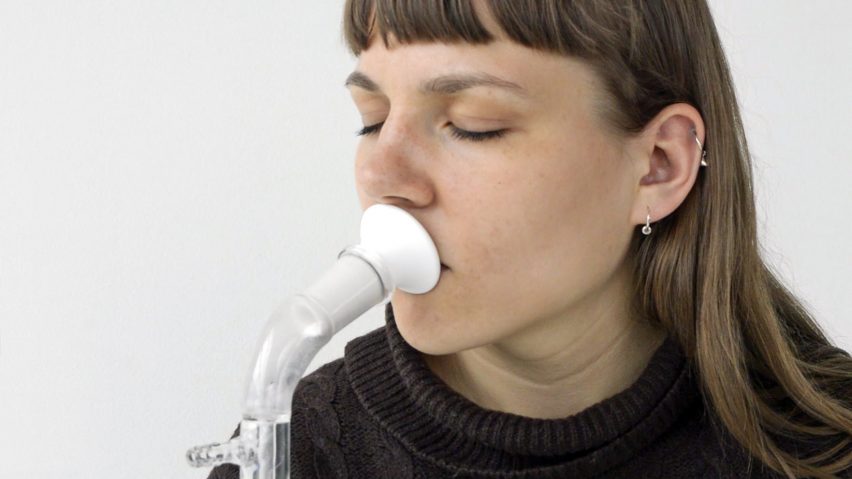
"Geoengineering proposes a technological solution to an existential crisis, by making us the masters of nature," said the designer.
"I was curious about how this technology was mediating our relationship to the climate system," he told Dezeen, "and whether it was possible to instead use it to create a sense of belonging and compassion towards it."
Staņislavskis has designed two devices that allow a person to artificially create their own personal cloud, or for a group of people to create a shared cloud.
The first is a device that captures exhaled breath and turns it into liquid. It is a double-walled lab condenser equipped with a mouthpiece, which uses a process of condensation to extract the moisture from each exhaled breath.
Once the process is complete, the liquid can be decanted into a small glass vial.
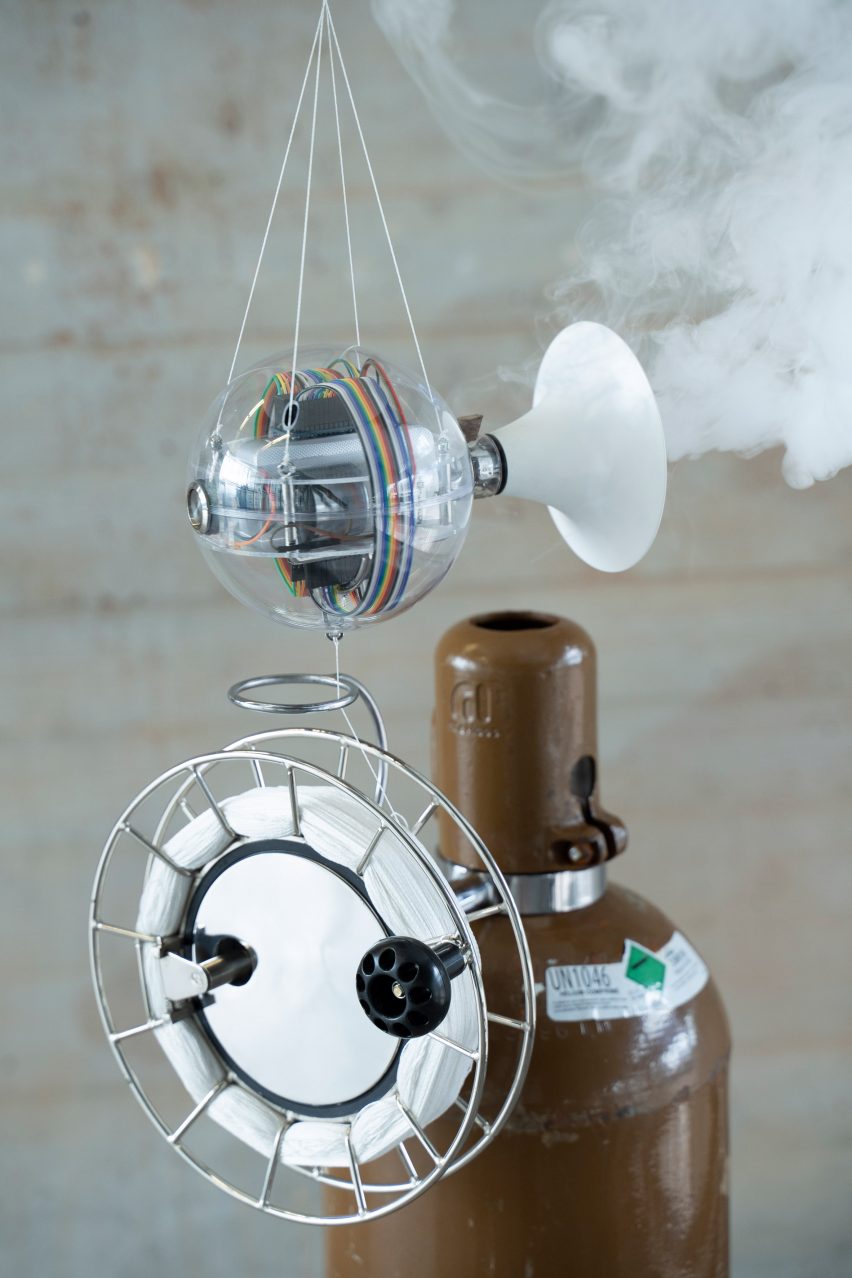
The second tool, a "cloud generator", is attached to a weather balloon so it can release its cloud high up in the sky.
A circuit board is programmed to activate the device when it reaches an appropriate height, where an atomiser turns the liquid back into vapour and the pumps produce the cloud.
"These clouds are tiny and dissipate quickly," said Staņislavskis. "Therefore, even if produced on a grand scale, they would probably have close to no environmental impact."
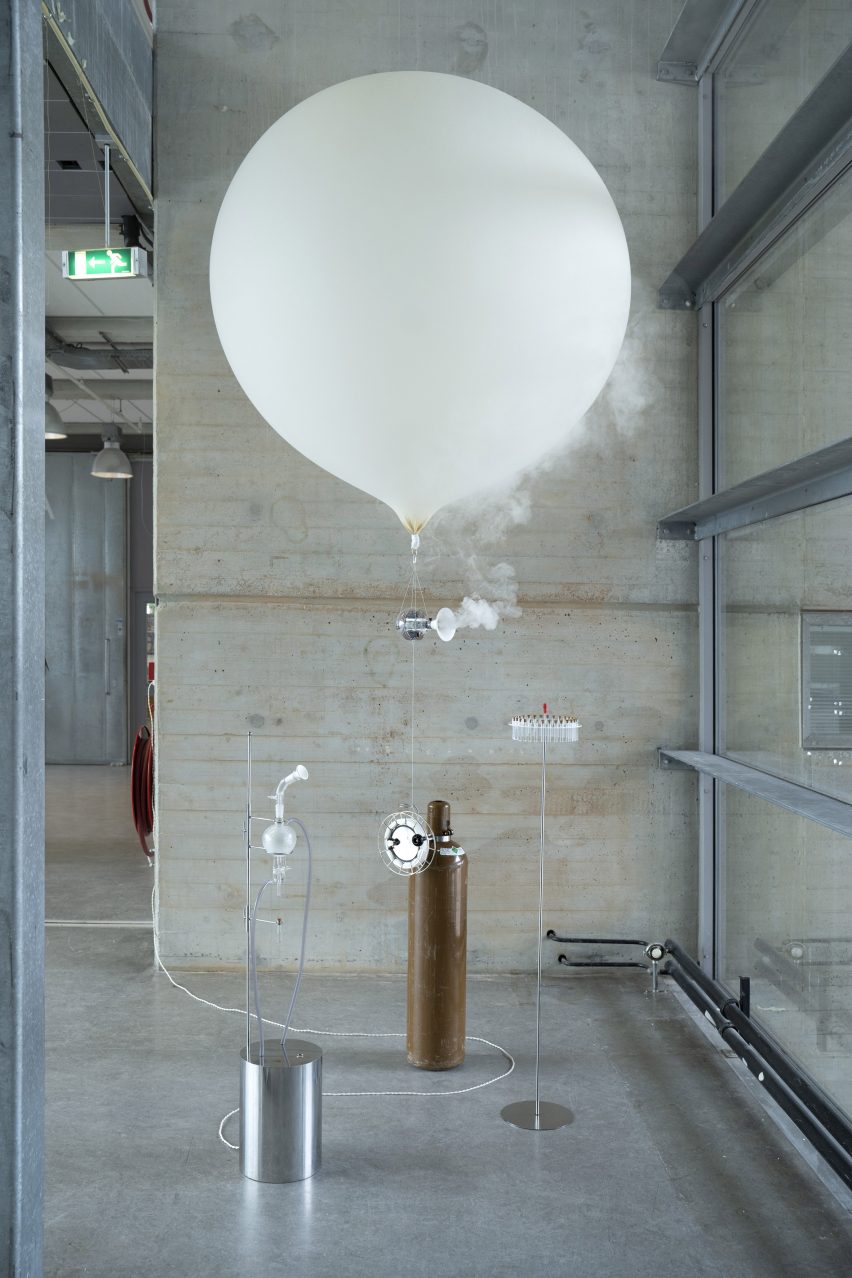
Artificial cloud production is currently involved in various climate engineering processes.
In cloud seeding, chemical substances such as silver iodide or dry ice (the solid form of carbon dioxide) are released into the atmosphere as a form of condensation nuclei, causing more raindrops or snowflakes to form.
The process was developed as a solution for drought, although some scientists have doubts about its effectiveness.
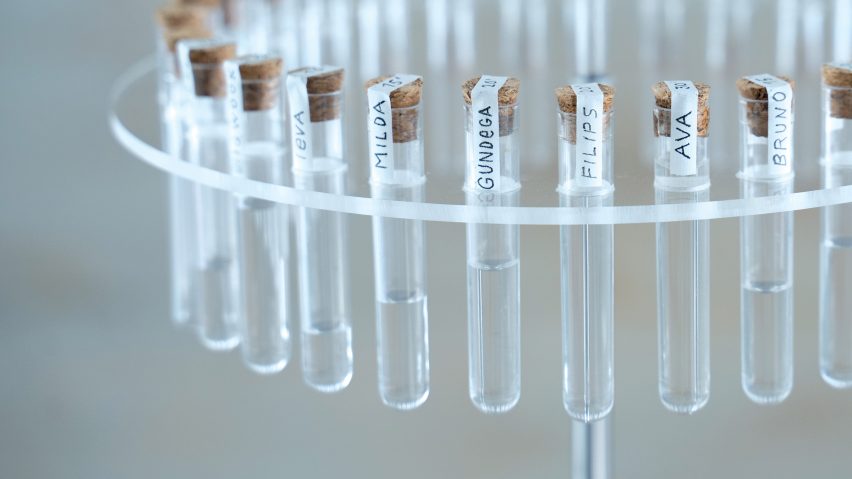
Clouds are also key to the theoretical geoengineering practice known as marine cloud brightening, which involves spraying natural substances such as sea salt into marine clouds to make them thicker and more reflective. In theory, this could help the clouds act as sun shields.
The full impact of these technologies can be difficult to measure. Staņislavskis described their use as "a gamble with large downside risks".
"Extreme climate events, air pollution, respiratory diseases and systemic smothering have intensified in the last 200 years, since we started drastically altering the composition of gasses in the atmosphere," said Staņislavskis.
"We need to question where we're going with this," he continued. "Is it really to make a more inhabitable world or is it some sort of power play?"
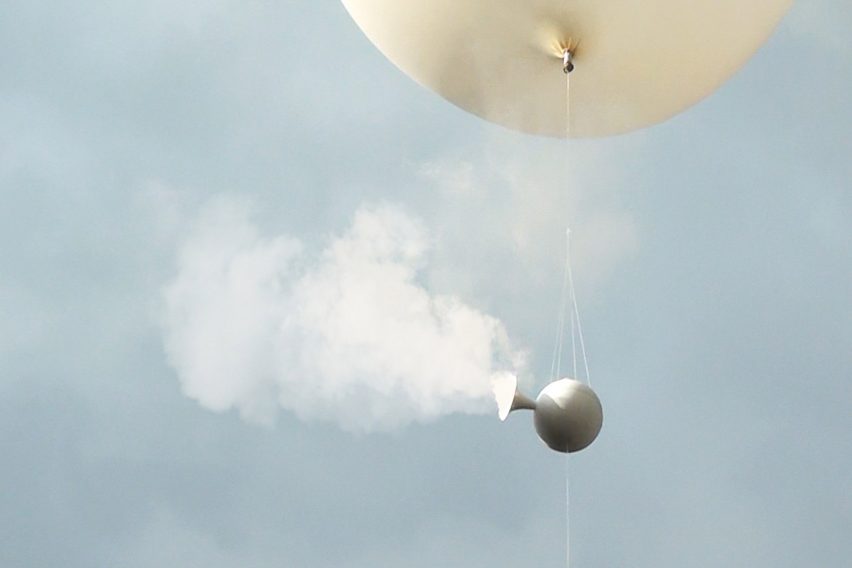
The Human-Cloud Project was selected by Design Academy Eindhoven judges as the winner of the Melkweg Award, which recognises exceptional talent at bachelor degree level.
The project aligns with the concept of the anthropocene, which categorises our current time period as the first age where humans are the dominant environmental force on the planet.
Staņislavskis hopes the project will help people to realise that they are already closely connected with the world around them.
"All living creatures are directly entangled by respiration," he said. "All of the breaths that ever were taken on this planet are still here, no more, no less."
"Could an attunement to breath open us up to the ways we are, always already, intimately related to the atmosphere?"
The DAE Graduation Show 2021 is exhibited at Beursgebouw, Lardinoisstraat 10, Eindhoven from 16 to 24 October, as part of Dutch Design Week. See Dezeen Events Guide for an up-to-date list of architecture and design events taking place around the world.